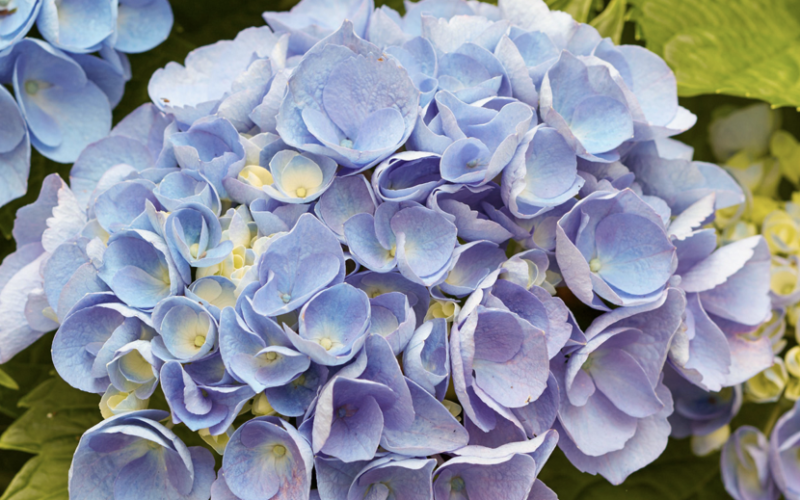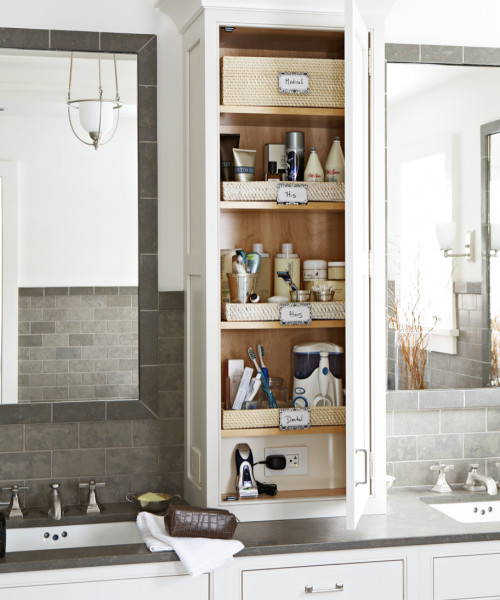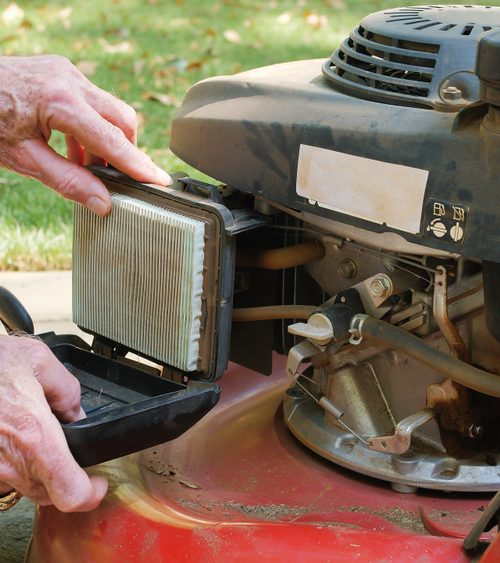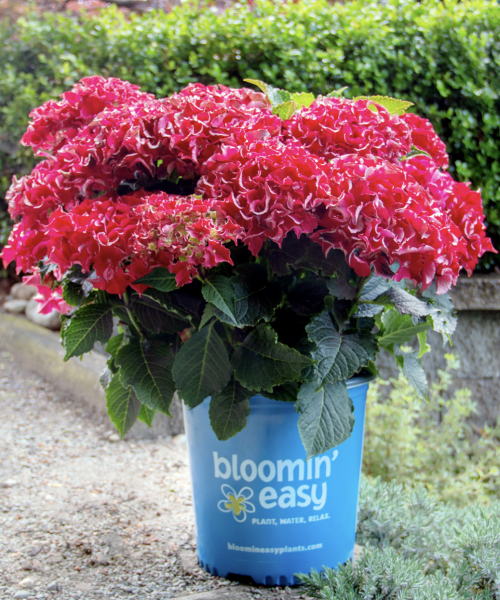By Viveka Neveln | BHG.Com
Troy Warren for CNT
In the garden or in cut arrangements, these shrubs always impress. Here’s how to change bloom colors, dry them, and keep them fresh in a vase for weeks.
Arguably the most dazzling divas of the shrub world, hydrangeas have some of the biggest, fluffiest, showiest blooms you can grow. These gorgeous flowers can infuse a foundation planting with some serious curb appeal, turn a boring hedge into a breathtaking frame for your yard, and they’ll even shine in containers. As cut flowers, hydrangeas completely steal the show in any vase. Besides their beauty, these blooms have a few special characteristics that you can use to get even more enjoyment out of your hydrangeas. Try these simple tricks to change the color of your hydrangea flowers, revive them when they wilt, and dry them so you can always have them around, even in winter.
1. Change the Color of Your Hydrangea Flowers
If you’ve got a pink-flowered bigleaf hydrangea that you want to turn blue, or perhaps vise versa, then a little chemistry can help you achieve the hue you desire. First, it’s only the bigleaf types that can change color, so if that’s not what you have, nothing will have an effect on the flower color. If you do have a bigleaf hydrangea, measure your soil’s pH with a pH meter ($10, Walmart). A reading between 4.5 and 5.5 is the acidity level necessary to keep blue hues flowing on your hydrangea. That’s because a pH level under 5.5 makes aluminum in the soil available to the plants, and this element is what turns the flowers blue. Higher pH levels than this, and your hydrangea flowers will look purple or pink, depending on how alkaline your soil is.
To increase soil acidity so you can enjoy blue hydrangea flowers, apply garden sulfur ($11, The Home Depot) near the base of the plant according to package directions. You may have heard that rusty nails, copper pennies, or used coffee grounds will do the trick, too. However, as previously noted, it’s aluminum, not iron or copper, that bigleaf hydrangeas need to turn blue. Used coffee grounds have a neutral pH so won’t help acidify soil; however, fresh grounds and brewed coffee are acidic but you would need to regularly apply it throughout the growing season to have any effect on pH.
If you want to have pretty pink hydrangea blooms, use garden lime ($5, The Home Depot) around the plant to raise the pH so aluminum in the soil stops being available to the plant. It can take months, no matter which method you use to change your soil pH, to see differently colored flowers than what you have, so remember to be patient.

2. Dry Hydrangea Flowers
Hydrangea flowers are a cinch to air-dry. Cut the blooms off the plant when the petals start feeling a little papery. Then, remove all leaves and hang the stems upside down in a warm, well-ventilated spot out of bright light until the flowers are dry. You can also set the blooms in a vase of water and leave them until the water and the flowers dry up over time. Hydrangea flowers also will dry naturally on the plant so you can wait to cut them until they’ve completely dried. Once dried, the papery flowers can last indefinitely, especially if spray-painted for more intense color. Use dried hydrangeas in floral arrangements or attach to wreaths with floral wire.

3. Revive Wilted Hydrangeas
Sometimes, cut hydrangea flowers seem to wilt quickly. But don’t toss them out just yet! Try snipping the stem ends and submerging any sad-looking hydrangeas in room temperature water for half an hour (or longer if needed to completely rehydrate the blooms). This works because hydrangea flowers have the unique ability to absorb water through their petals. This characteristic is also why misting the blooms lightly with water each day helps keep them fresh longer. Another trick for reviving wilted hydrangeas is to pour boiling water into a container and plunge the stem ends in it for about 30 seconds. Then place the stems into a vase of cool water. In a little while, your flowers will perk up.
Once your hydrangeas are restored to their former glory, you can keep your cut flowers fresh for as long as possible by changing the vase water every other day and giving the stems a fresh cut at an angle just before returning them to the vase. If you have any alum in your spice cabinet, some people also like to dip the freshly cut stems into this common pickling ingredient, which helps keep bacteria from clogging up the stems.
In Other NEWS



































